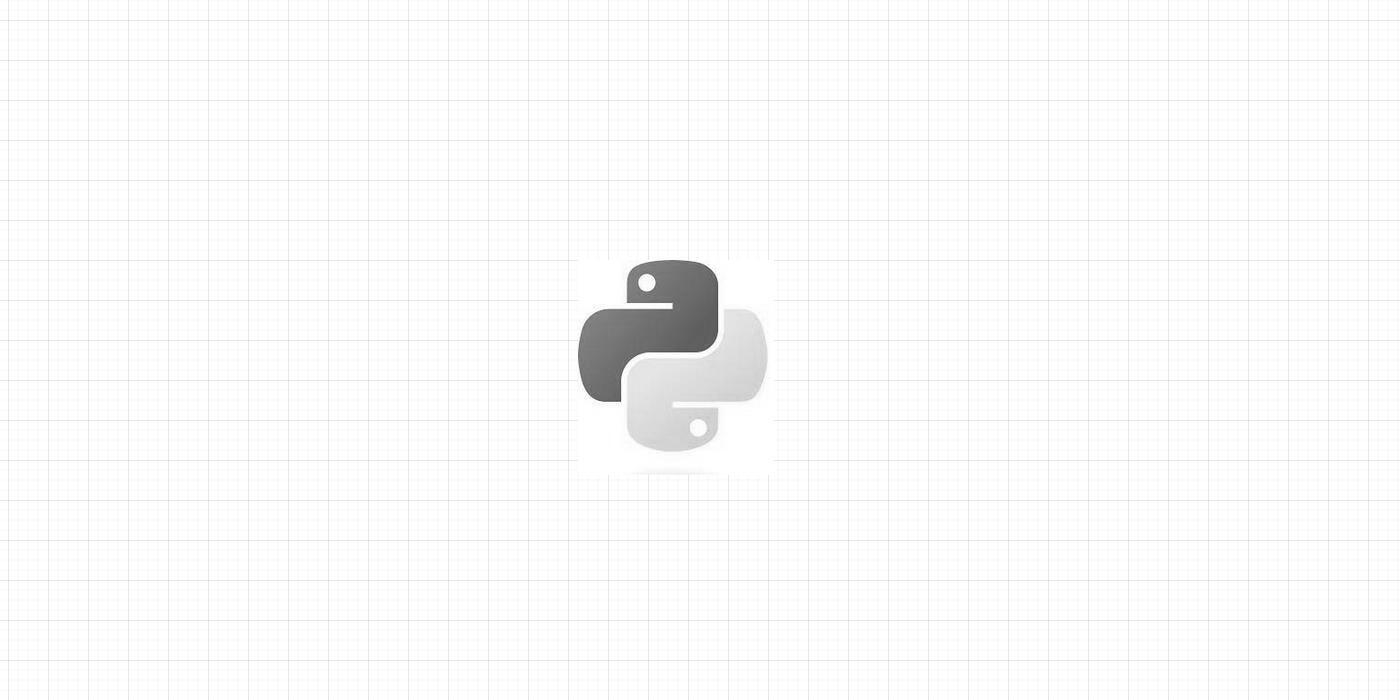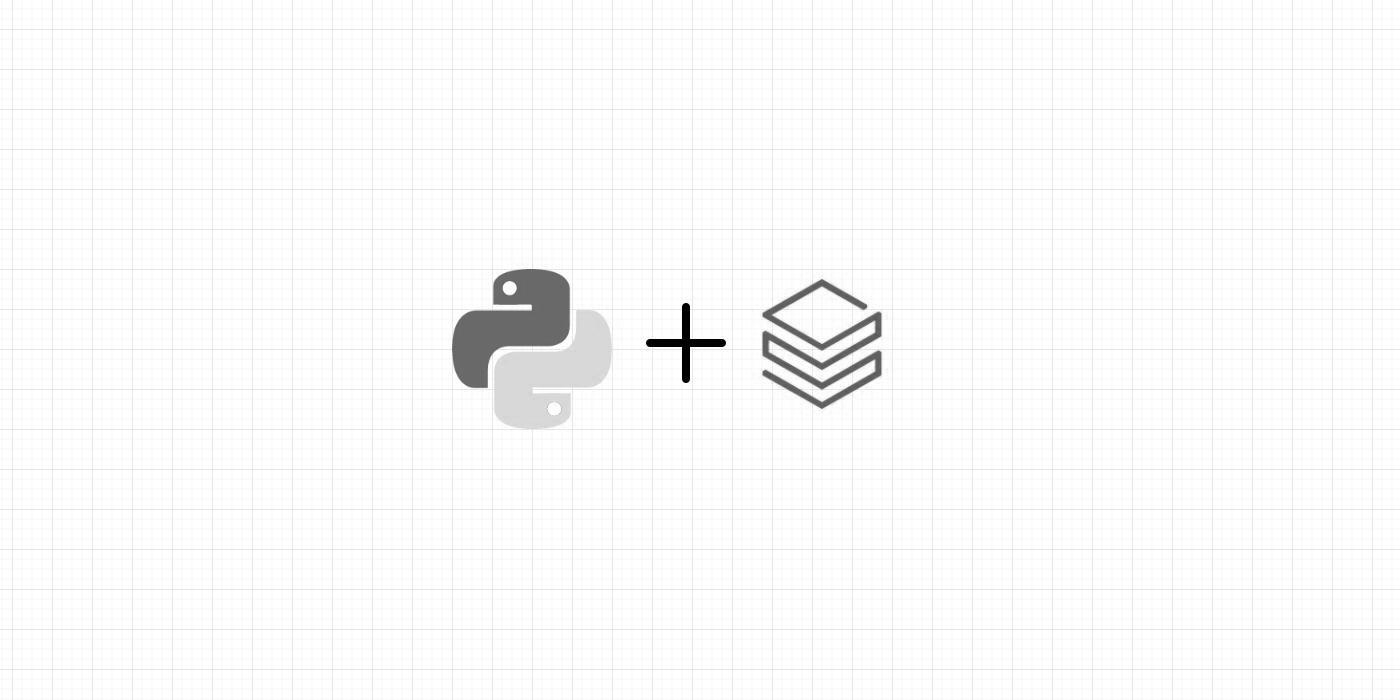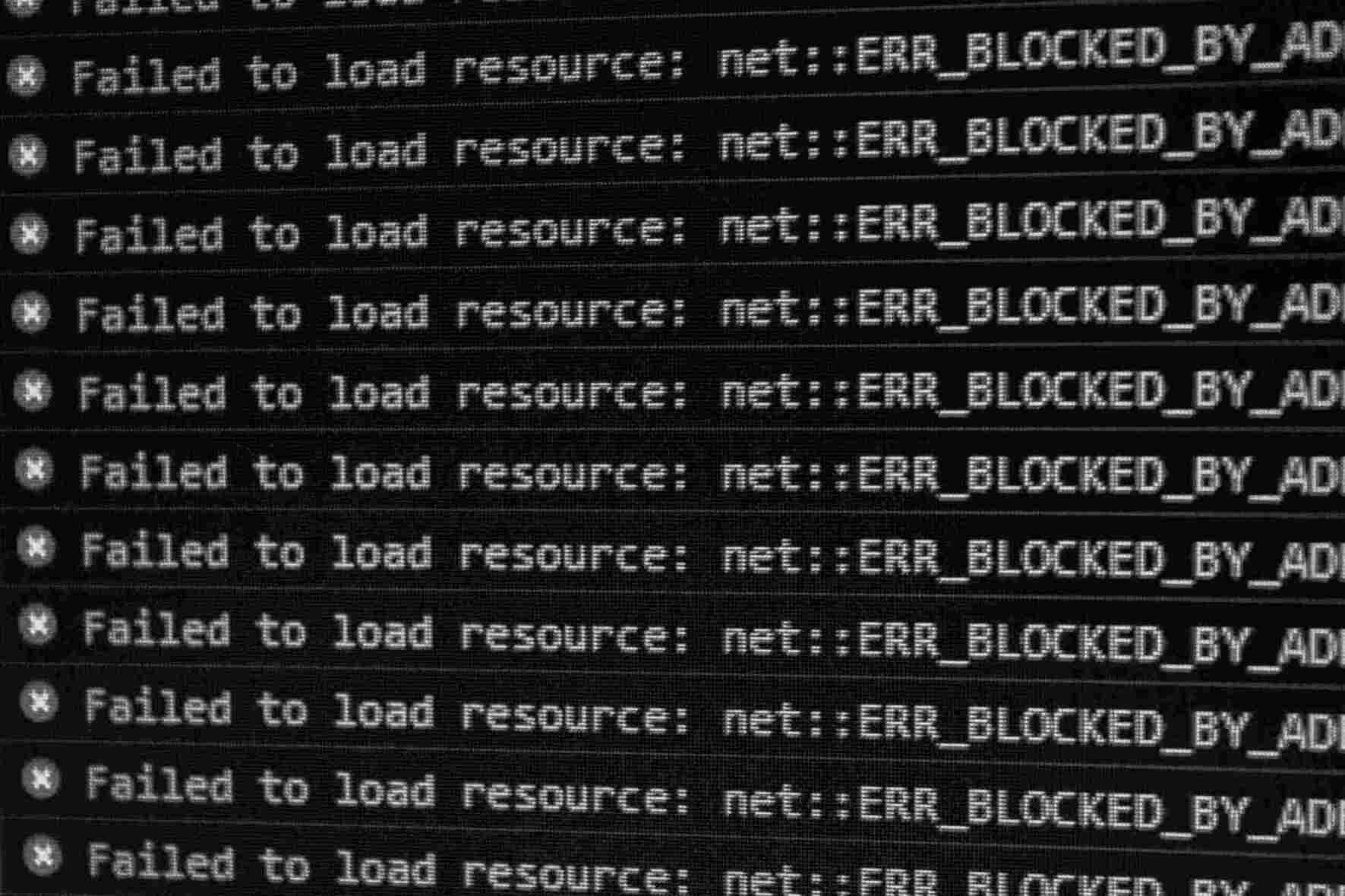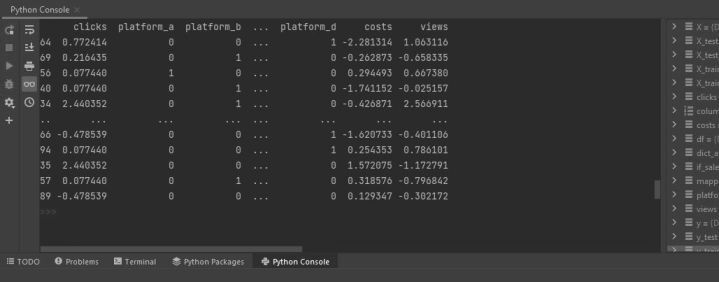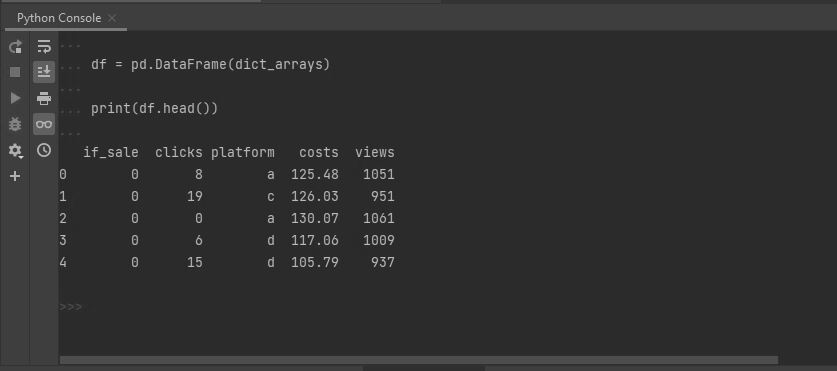Date features alone will not bring much to your predictive model. Yet information from date features is often crucial for adding predictive power. To get to this information, date features need to be transformed into new features.
Here are some ideas of new features you can derive from date features.
# load packages
import datetime
import pandas as pd
# create sample data frame with dates
df = pd.DataFrame()
df['account_creation_date'] = (pd.date_range(start='2020-01-01',
end='2020-07-01',
freq='D'))
### Create new features
# Create a feature of the number of days past since
# account creation
df['creation_to_now'] = ((datetime.datetime.now()
- df['account_creation_date']).dt.days)
# Create a feature based on day of week
df['account_creation_dow'] = df['account_creation_date'].dt.day_name()
# Create a feature based on the day number of the month
df['account_creation_dom'] = df['account_creation_date'].dt.day.apply(str)
# Create a feature based on month
df['account_creation_month'] = df['account_creation_date'].dt.month.apply(str)
# Create a feature based on year
df['account_creation_year'] = df['account_creation_date'].dt.year.apply(str)
The possibilities are countless.
Date features are often overlooked and discarded in preliminary analysis. The truth is, predictability may be hidden on structural breaks and/or seasonality.





